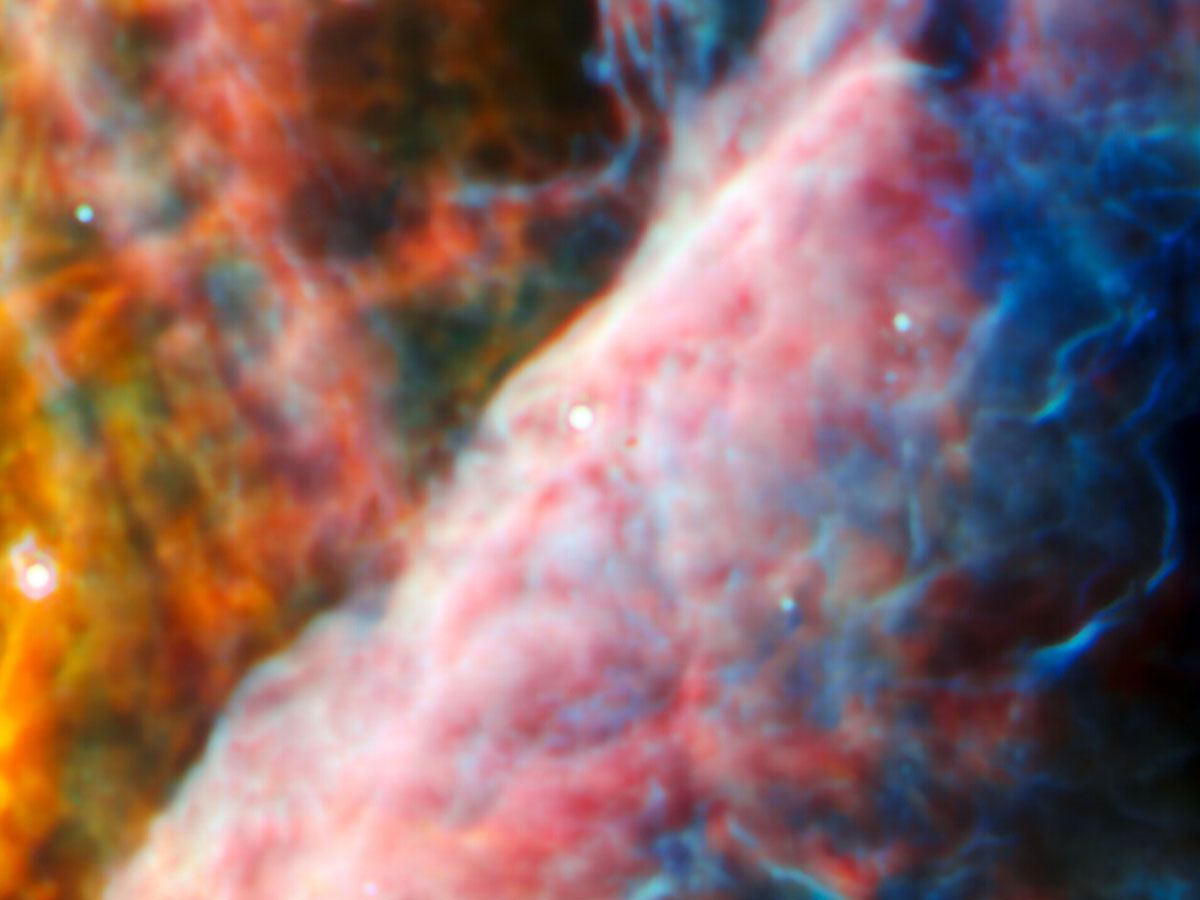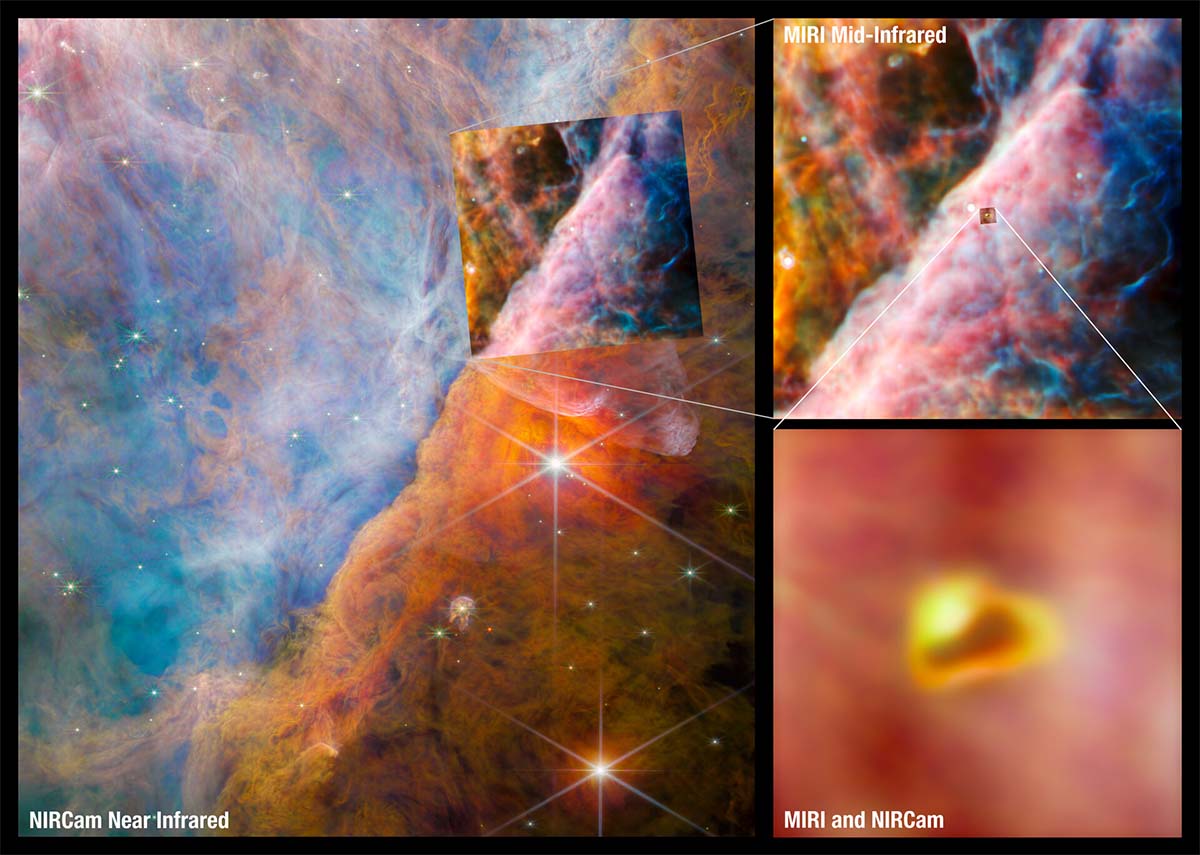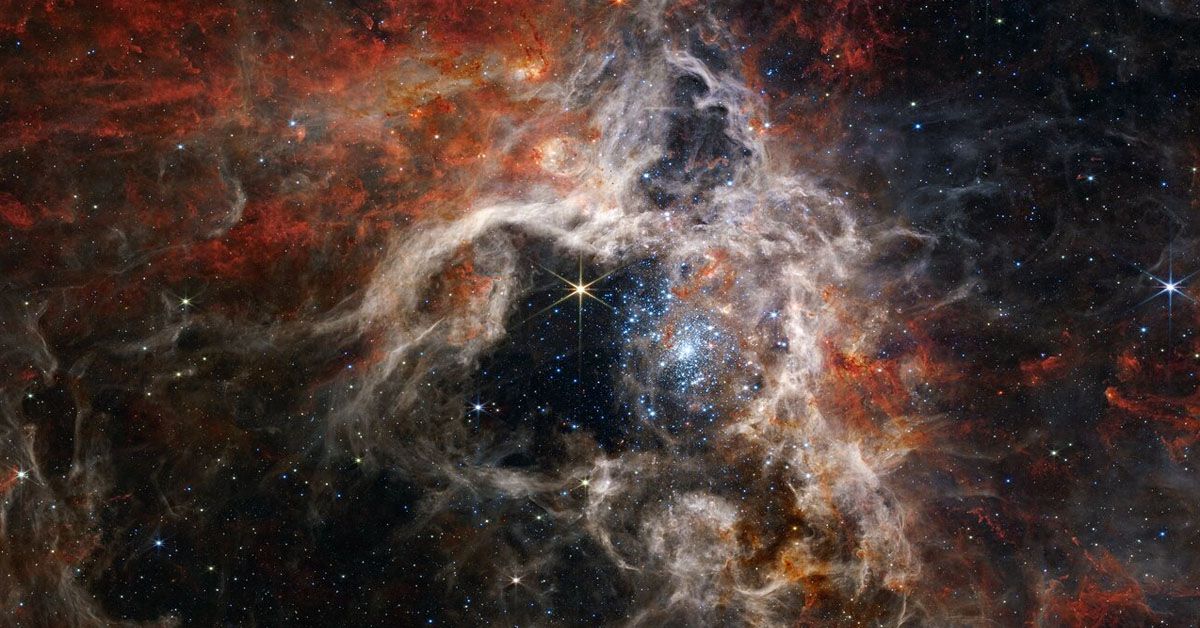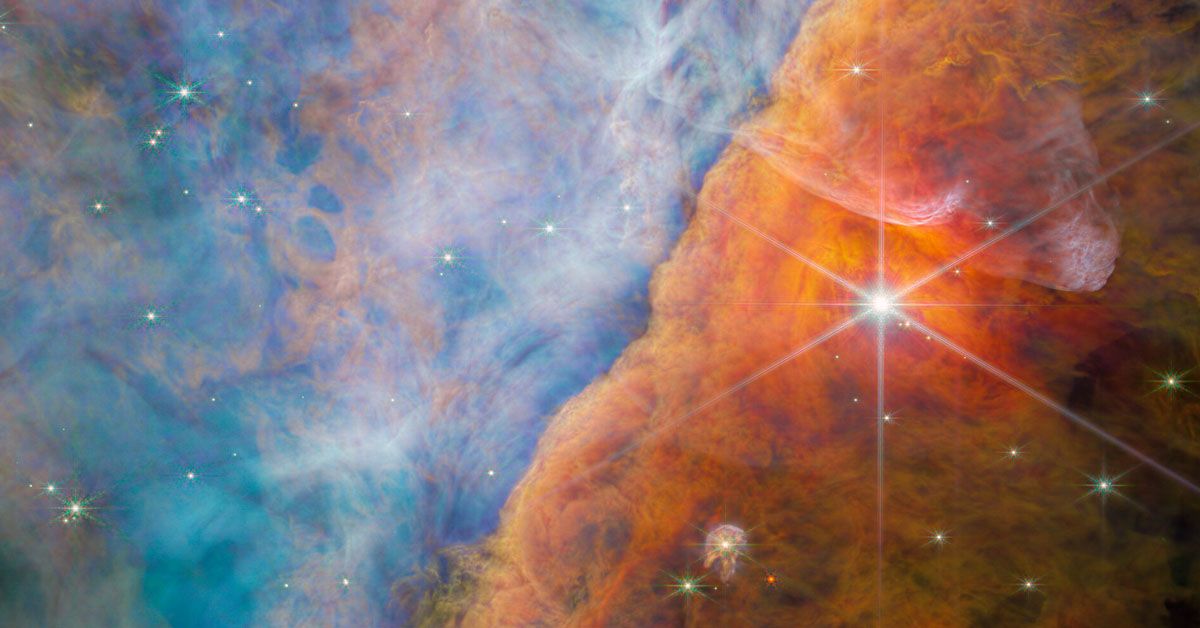An international group of scientists has made a significant breakthrough by utilizing the powerful James Webb Space Telescope to identify the presence of the methyl cation (CH3+) within a young star's disc.
While this achievement may appear modest at first glance, its implications are substantial. The CH3+ molecule holds a pivotal role in carbon chemistry, which is of utmost importance since life as we currently comprehend it is carbon-based.
The Role of Carbon in Astronomy and Life
Carbon chemistry poses a captivating challenge to astronomers due to its intricate nature. Carbon, an essential element present in all known living organisms, serves as the building block of life.
From the smallest microorganisms to the tallest trees, and of course, human beings, we are all composed of carbon compounds. This vital role of carbon in life processes fuels astronomers' fascination with it.
By delving into the realm of carbon chemistry, there is a possibility of unraveling the enigmatic secrets surrounding the development of life, not only on Earth but conceivably on other celestial bodies as well.
Now, let us delve into the realm of a molecule known as methyl cation, or CH3+ for brevity's sake.

In the 1970s, scientists postulated that CH3+ could hold significant importance in interstellar carbon chemistry. The reason behind this hypothesis lies in the distinctive behavior of CH3+ when it interacts with other molecules.
Notably, it exhibits an aversion to hydrogen, the most abundant element in the universe. Nevertheless, CH3+ readily engages with other molecules, leading to the formation of intricate carbon-based compounds.
This peculiar characteristic of CH3+ might hold the key to the emergence of complex molecules, which forms the very foundation of life itself. Therefore, the detection of CH3+ represents a noteworthy stride in comprehending the broader panorama of life in the cosmos.
Detection of Methyl Cation using NASA's James Webb Space Telescope
The remarkable finding of CH3+ occurred within a distinctive star-protoplanetary disc system called d203-506. Situated approximately 1350 light-years away within the Orion Nebula, this system presents a captivating locale where nascent planets are taking shape.
Uncovering CH3+ posed a considerable challenge. This molecule has long been recognized as exceedingly difficult to observe owing to its symmetrical structure.

Visualizing it can be likened to attempting to spot a well-camouflaged animal in its natural habitat. Its seamless integration with the surroundings renders it almost imperceptible.
Nevertheless, with the aid of Webb's sophisticated infrared capabilities, scientists ultimately managed to detect the elusive presence of CH3+. This achievement represents a significant milestone in our comprehension of interstellar chemistry.
The Impact of Ultraviolet Radiation on Protoplanetary Discs in The Orion Nebula
Intense UV radiation from nearby stars can dramatically alter the chemistry of these discs. It's like a giant cosmic laboratory where radiation can cause molecules to break apart and form new ones.
This process can potentially play a key role in the early stages of life's origins. The energy from UV radiation might just provide the necessary spark for molecules like CH3+ to form and set off a chain of reactions leading to more complex molecules.
Every region in space has its own unique blend of molecules, like a cosmic fingerprint. The Orion Nebula is no exception. It has a different molecular makeup compared to typical protoplanetary discs.
One of the intriguing aspects of the Orion Nebula's chemistry is the absence of detectable water. Now, you might think, "No water, no life," right?
Well, not quite. Remember CH3+? Its discovery suggests there's a lot more to the story of life's development than just the presence of water. So, even without water, the Orion Nebula may still hold clues to the mysteries of life's origins in the universe.
Confirmation of CH3+'s Role in Interstellar Chemistry
The identification of the enigmatic CH3+ molecule holds immense significance in expanding our comprehension of interstellar chemistry.
Its discovery can be likened to stumbling upon a crucial fragment of a jigsaw puzzle, thereby providing us with a clearer and more comprehensive understanding of the amalgamation of essential elements for life in the cosmos.

The presence of CH3+ plays a pivotal role in the synthesis of intricate carbon-based compounds, thus establishing its indispensability. It functions as a catalyst, initiating a series of reactions even under the frigid temperatures prevalent in outer space.
This breakthrough offers novel perspectives on the mechanisms through which the fundamental constituents for life can materialize within the hostile environment of interstellar space.
The Scientific Collaboration Behind the Discovery
The successful detection of CH3+ is a testament to the power of international collaboration and scientific exploration. This was not a job for one scientist, one team, or even one field of study.
Instead, it required a collective effort among observational astronomers, astrochemical modelers, theoreticians, and experimental spectroscopists. Like pieces of a puzzle coming together, their unique skills and perspectives led to a monumental discovery.

This significant achievement was duly recognized, with the findings published in the esteemed scientific journal, Nature. The publication not only celebrates the scientific victory but also sets the stage for further investigations into the universe's complex and fascinating chemistry.
Sources: nature.com / esa.int













